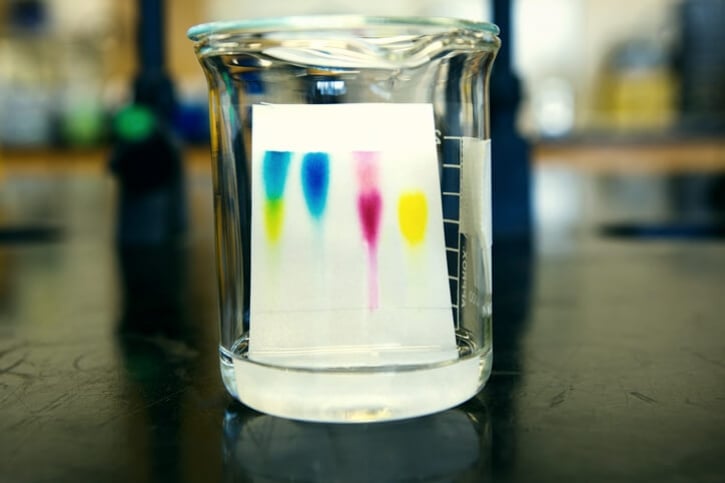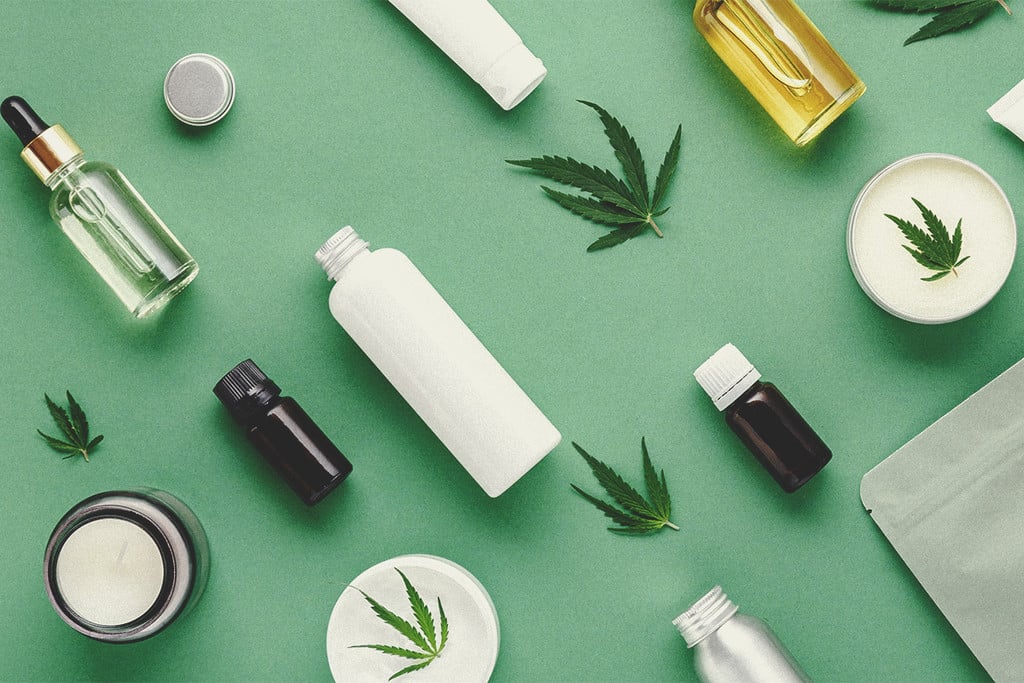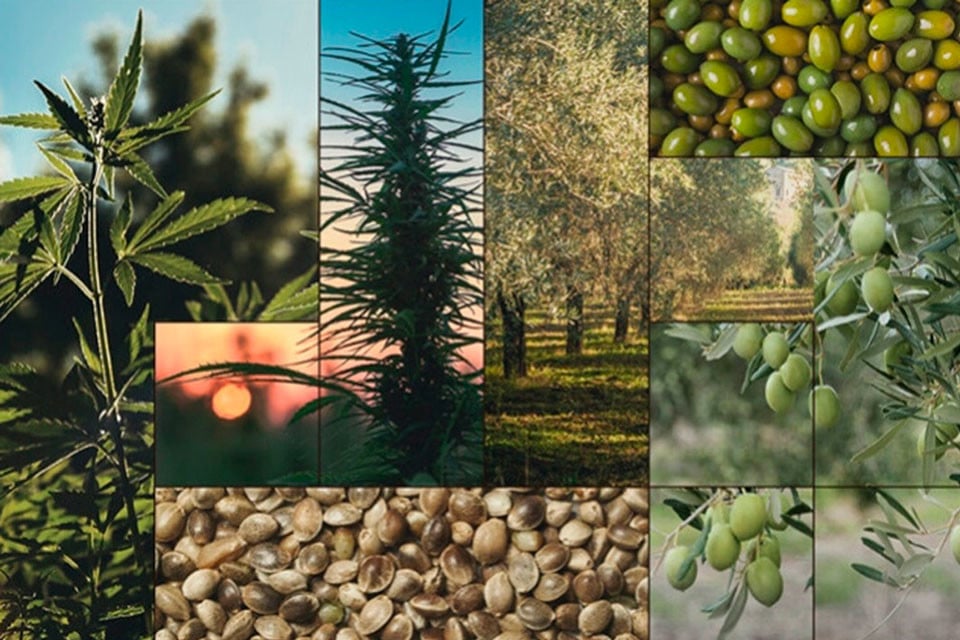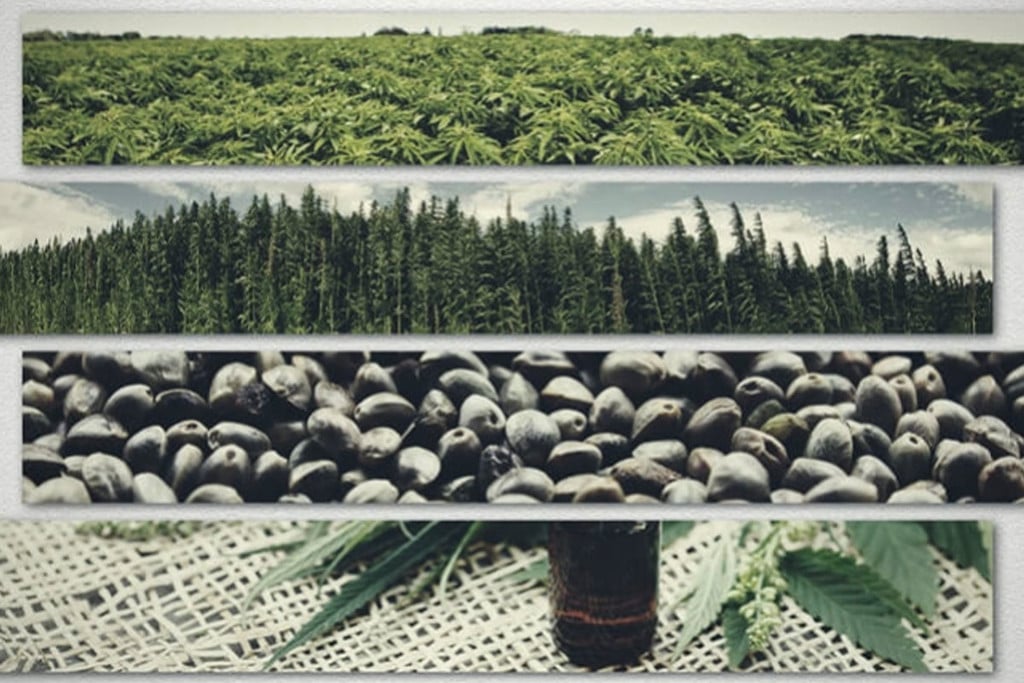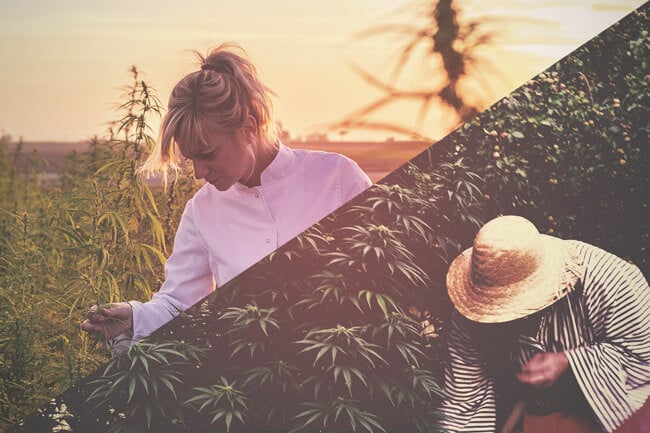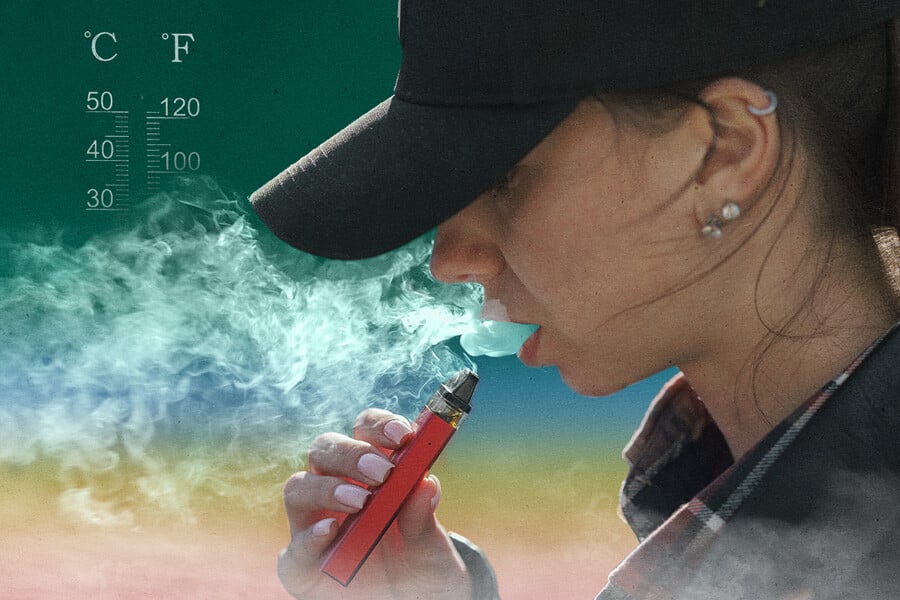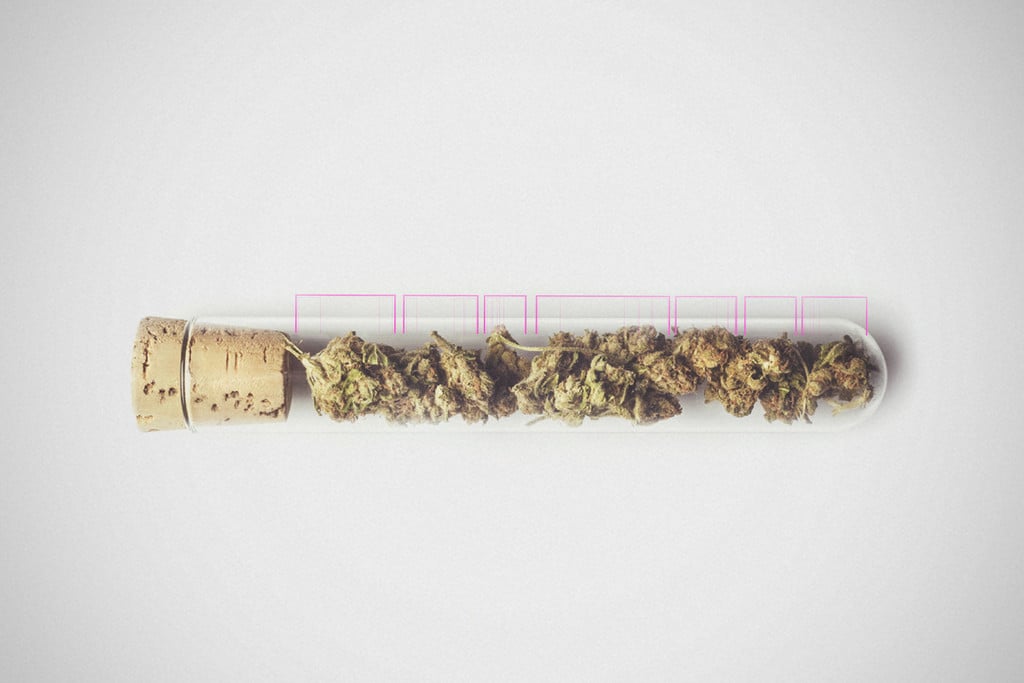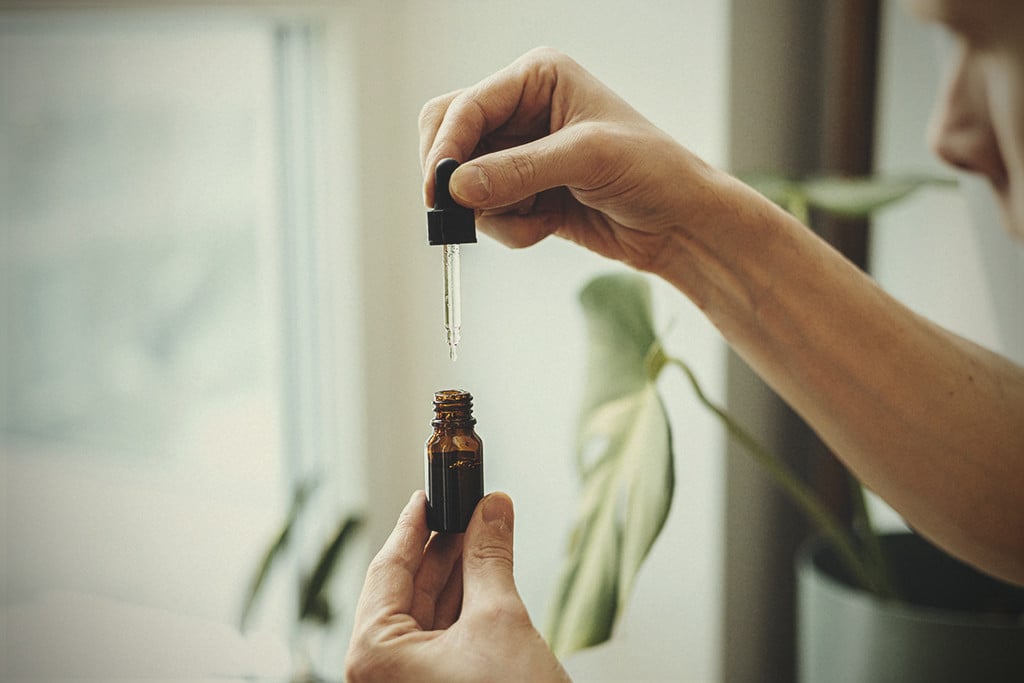.

Bioavailability: The Story Of How Cannabis Enters The Body
Whether you consume cannabis and/or hemp-based products for medicinal or recreational purposes, you need to know about bioavailability. How high you can get from THC and how much CBD can heal all hinges on bioavailability.
WHAT DOES BIOAVAILABILITY MEAN?
Bioavailability is defined as follows: “The degree to which a drug or other substance becomes available to the target tissue after administration”—The American Heritage Medical Dictionary.
An intravenous dose is considered 100% bioavailable. This is because it is administered directly to the bloodstream. In ordinary decent stoner terms, this means bioavailability refers to the percentage of a dose actually absorbed by the body in comparison to an injected dose.
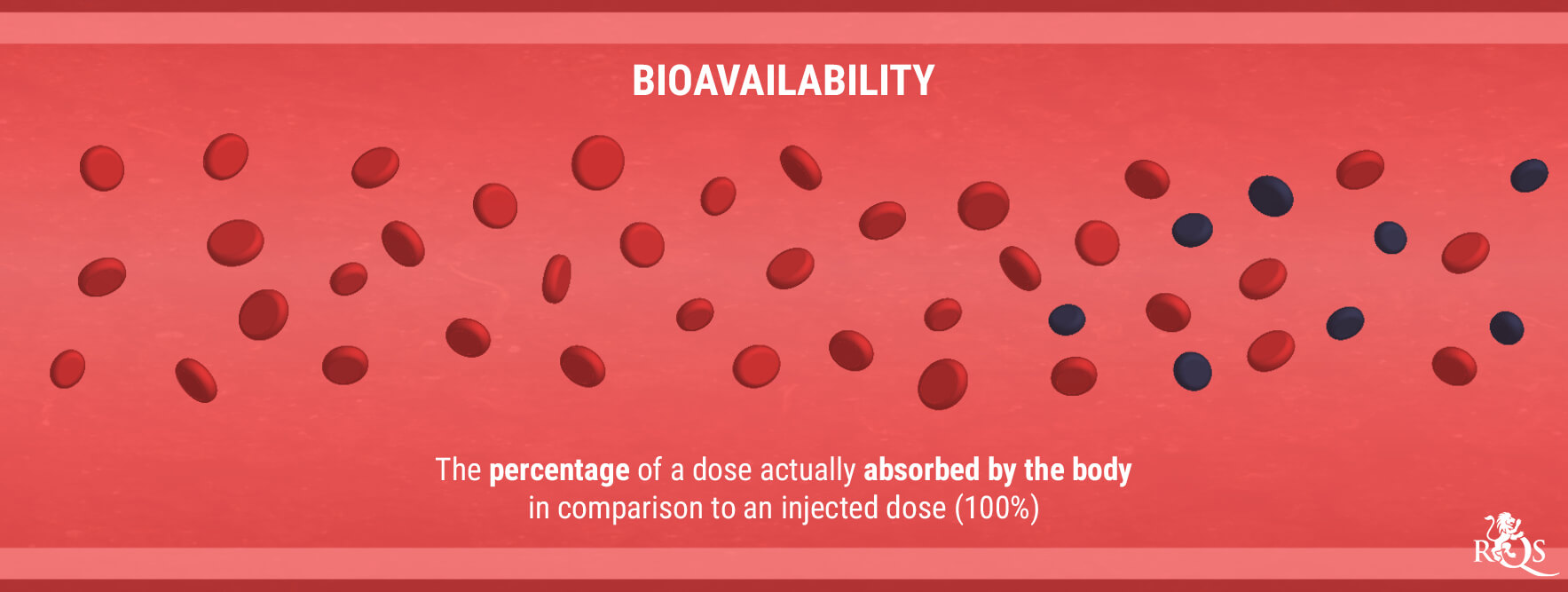
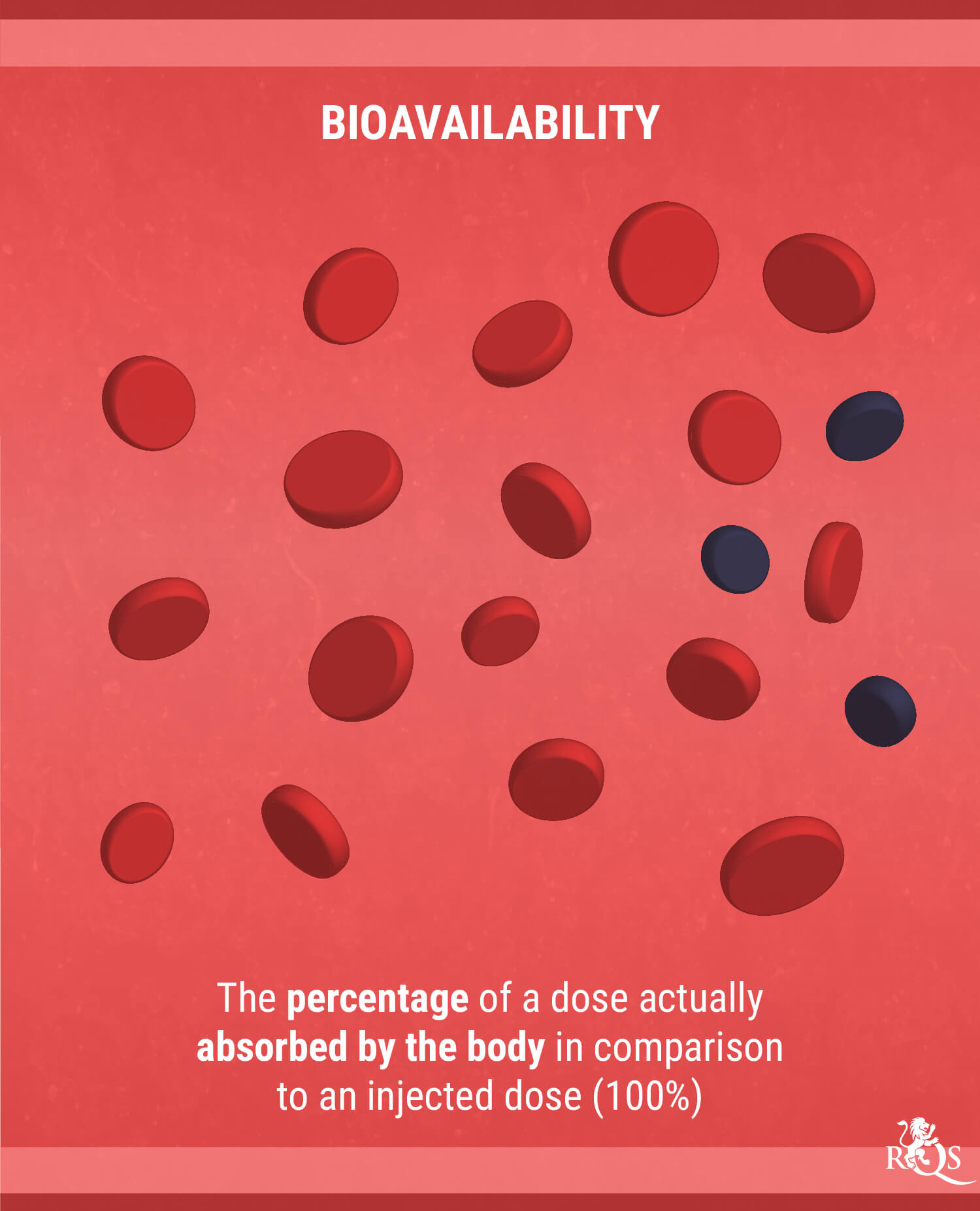
WHY BIOAVAILABILITY MATTERS
All cannabis contains some cannabinoids. From industrial hemp with 0.2% THC to mother of dankness Green Gelato with near 30% THC, all weed contains cannabinoids. Similarly, CBD oil can come in a variety of concentrations—from moderate 2.5% to high 20% CBD content.
But it’s not just how many cannabinoids and terpenes your cannabis product contains that counts. The ECS or endocannabinoid system is designed to interact with these compounds. Moreover, the entourage effect is an important synergistic factor. Sorry, that’s still not the end of the story.
Perhaps the most critical factor for cannabis consumption is bioavailability. In general, the more bioavailable a dose, the lower the quantity you need to experience the effects. High bioavailability is what separates high-quality cannabis and hemp-based products from snake oil. Bioavailability is the true measure of cannabis product potency.
BIOAVAILABILITY OF JOINTS
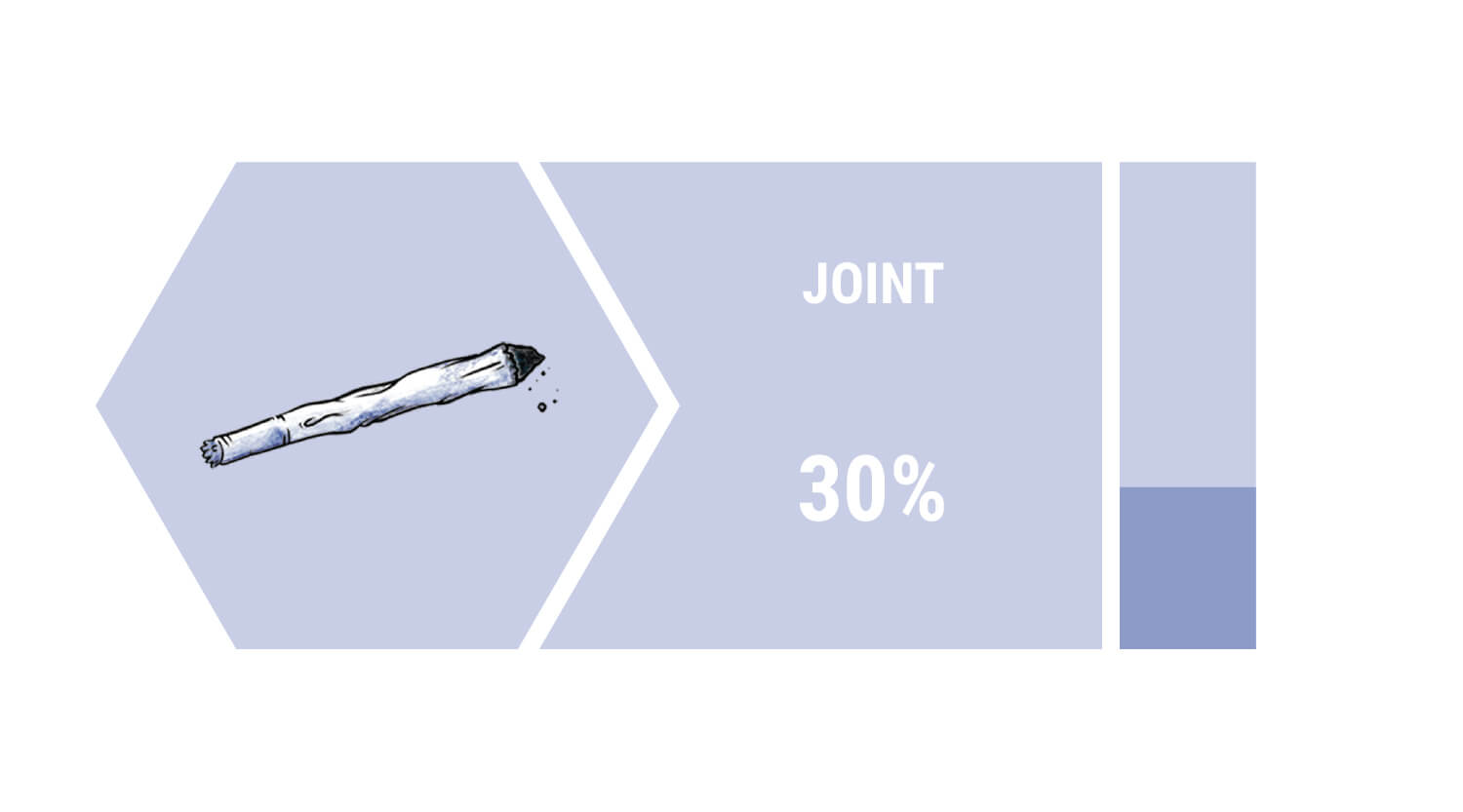
There are many variables to consider when it comes to the bioavailability of smoking cannabis in a roll-up. The finer details, from how much weed you pack into a joint to the quality of the greenery, will affect bioavailability.
That being said, a 2005 study[1] called “Pharmacokinetics of cannabinoids” found smoked THC to have about 30% average bioavailability. More interesting still, they discovered this: “With a 3.55% THC cigarette, a peak plasma level of 152±86.3ng/ml occurred approximately 10 min after inhalation”. Despite the relatively low potency of the joints used in the study, for the daily joint smoker, 10 minutes to get high sounds about right.
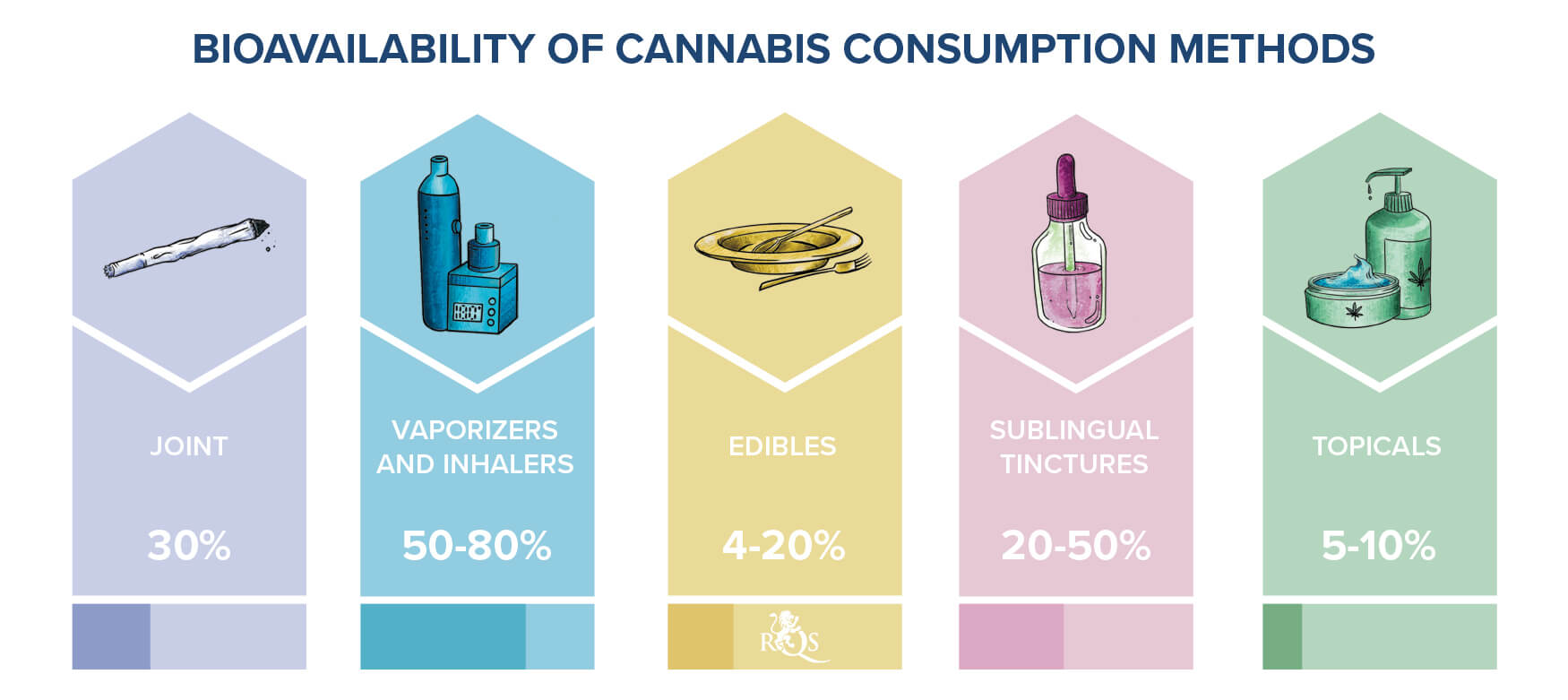
BIOAVAILABILITY OF VAPING
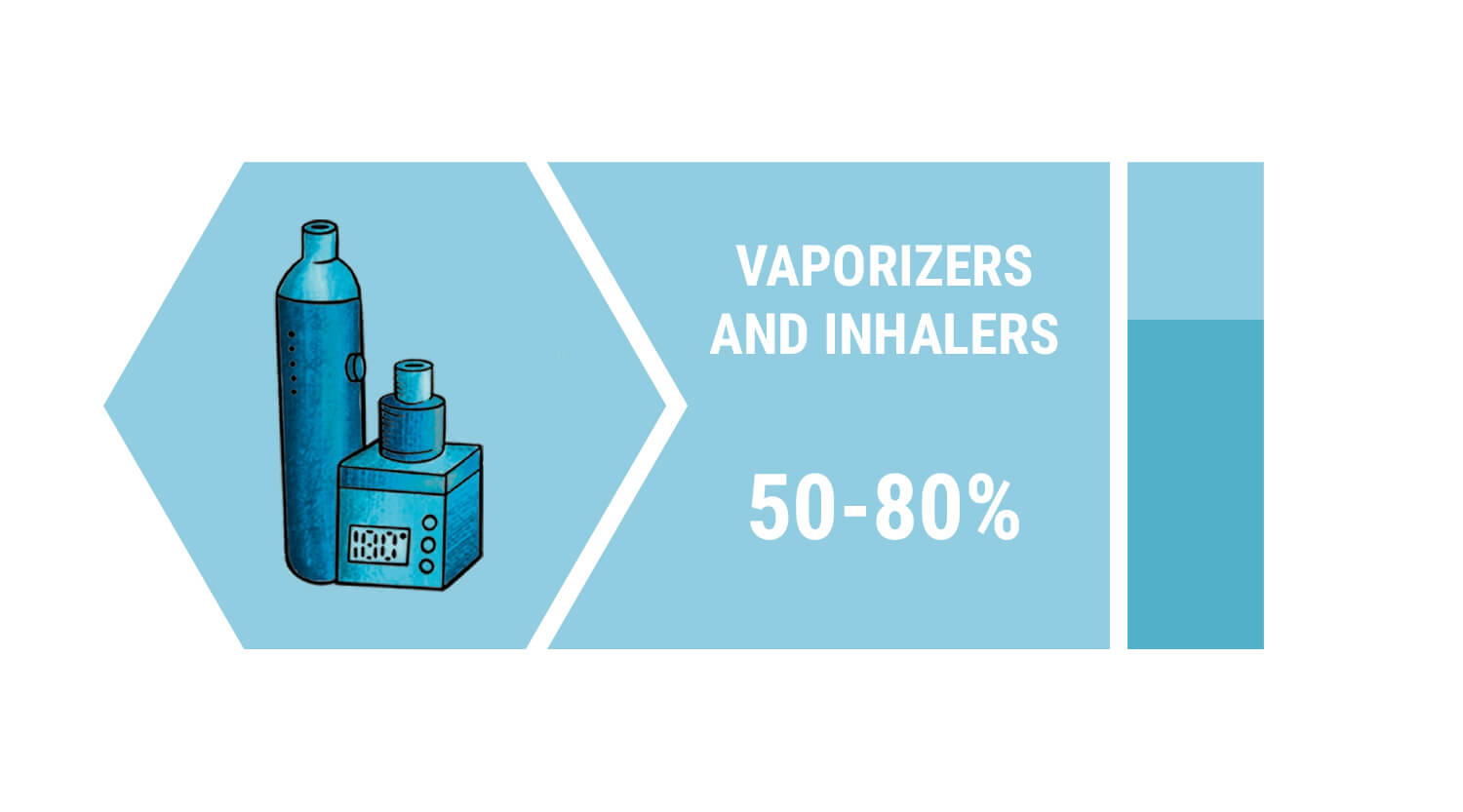
Vaping, like smoking, also utilises the lungs to absorb cannabinoids. Granted—with far fewer harmful side effects, mostly because it’s vapour inhalation and not smoke inhalation. A vaporiser achieves the decarboxylation required to activate the cannabinoids by heating them just enough to be inhaled. In contrast, it’s combustion that ignites a joint so you can inhale the smoke.
A 2016 study[2] called “Medicinal Cannabis: In Vitro Validation of Vaporisers for the Smoke-Free Inhalation of Cannabis” essentially rubber-stamps vaporisers. The potential to dramatically increase the bioavailability of cannabis with a vape is a fact. This research focussed on both THC and CBD, and found that using a vaporiser is the best way to get high from THC and to dose with CBD-rich cannabis too.
You really need to check it out for yourself. Five well-known brands of vaporisers, including the legendary Volcano, were put through their paces. With the exception of one gas device, results were staggering across the board. With the right vaporiser, bioavailability for THC and CBD can reach an amazing 50–80%. Vaping now has scientific data to support high bioavailability. Of course, there are also a couple of decades of anecdotal evidence in support of vaporiser use. Anyone that ever took a hit from a vape knows it's more potent than a draw from a joint.
BIOAVAILABILITY OF EDIBLES
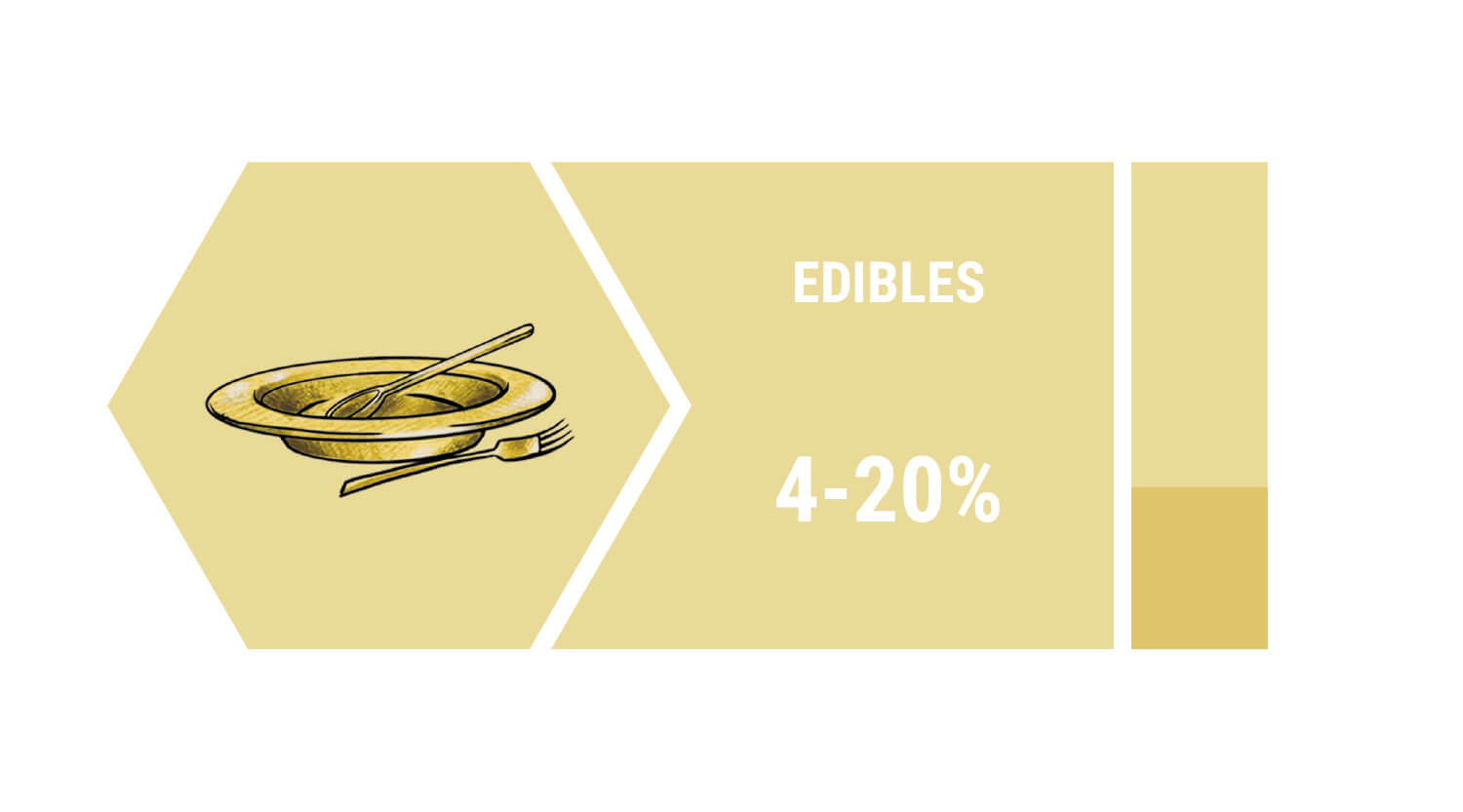
Cannabis edibles, whether infused with CBD or THC, have always been hit or miss for consumers. Sometimes, a single space cake can get you fantastically high. On other occasions, a whole batch of cannabis cookies seems to have little effect.
“The first-pass effect”, whereby the liver effectively prevents the absorption of many psychoactive compounds, explains why sometimes edibles don’t work. You wait the typical hour or so for the effects, but nothing happens.
On the other hand, nobody really understands why sometimes an edible hits you with a super-powered effect. It is usually attributed to an excessive dose or just bad luck. More than likely, the THC is being converted into 11-Hydroxy-Δ9-tetrahydrocannabinol (11-OH-THC), which delivers a more potent psychoactive effect. Following this theory, more 11-OH-THC is being absorbed by the body from edibles than smoking.
In contrast, most scientific studies, including the research mentioned earlier, still rate edibles somewhere in the 4–20% bioavailability range. This low bioavailability is believed to be mostly accurate, until the day an edible gets the better of you. 10mg of THC per serving is considered an effective dose by state law in California.
BIOAVAILABILITY OF SUBLINGUAL TINCTURES
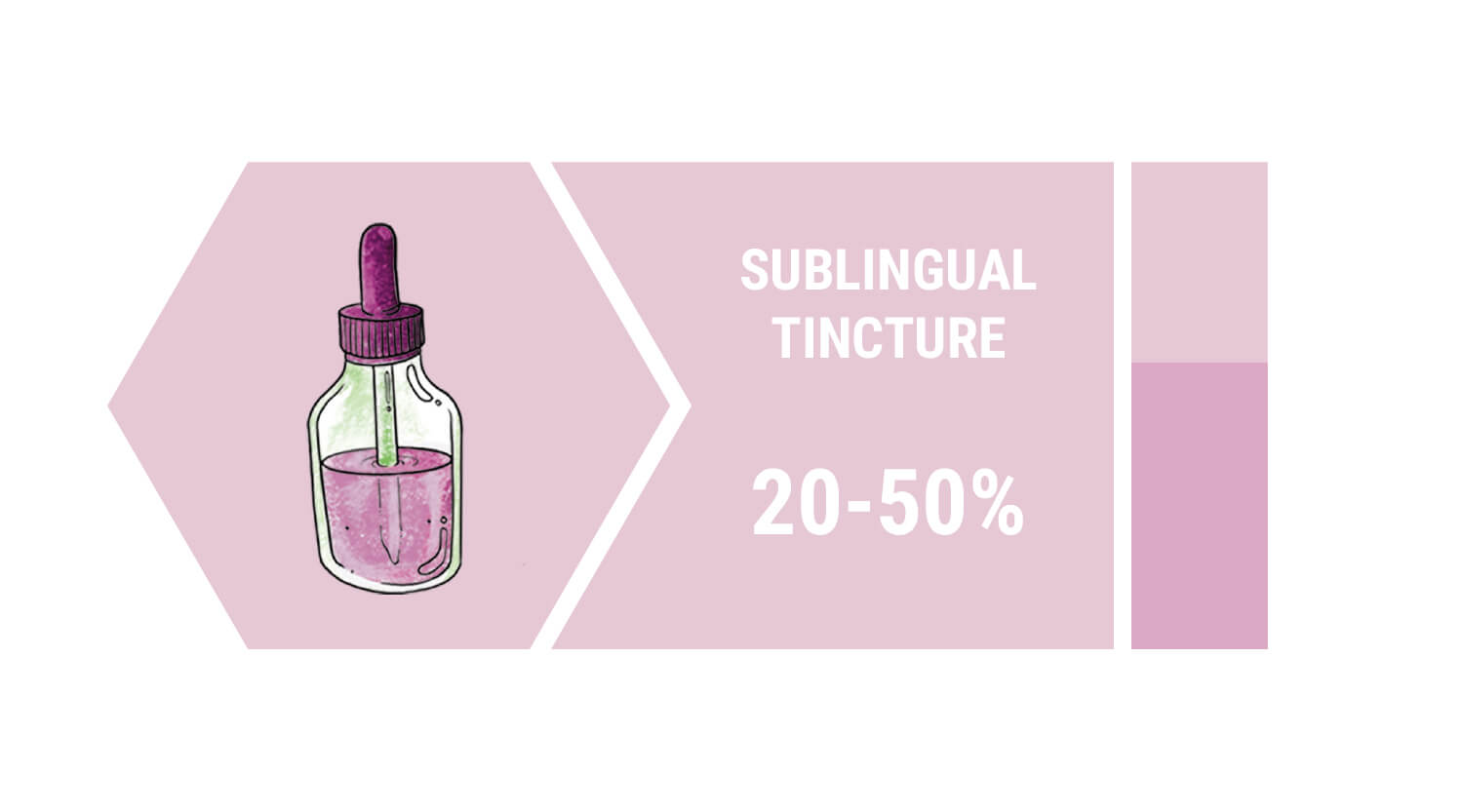
A few drops of CBD oil under the tongue seems to boost bioavailability significantly.
The theory is, dosing sublingually bypasses the first-pass effect in the liver and therefore increases bioavailability. Similarly, anecdotal evidence from users of recreational THC tinctures supports the case for a swift and potent effect from sublingual THC doses too. Obviously, the THC tincture brings on a psychoactive effect.
BIOAVAILABILITY OF TOPICALS
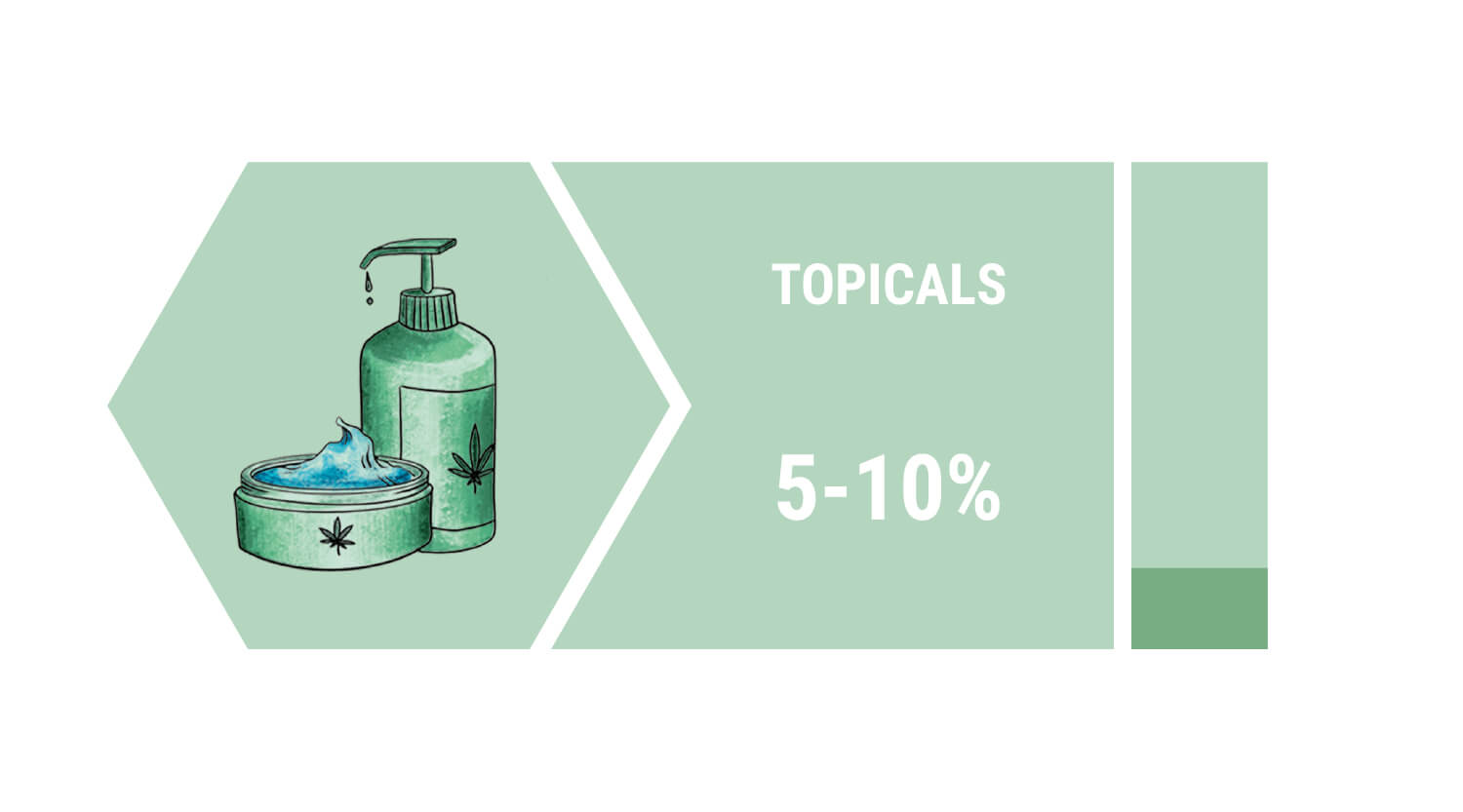
Cannabinoid-infused creams and lotions are another rising health and beauty trend. Whether the skincare product contains THC and/or CBD, it cannot get you high. Cannabinoids are highly hydrophobic, so the skin itself is a barrier. Transdermal delivery or liberally rubbing cream into the skin causes no psychoactive effect. This method has, however, become popular among medical cannabis users for its therapeutic outcomes.
BIOAVAILABILITY OF INHALERS
Inhalers are an incredibly efficient and clean way to inhale cannabinoids. This method of consumption is similar to vaping. Cannabinoids enter the lungs via gas exchange at the alveoli, enter the bloodstream, and proceed to penetrate the blood-brain barrier. Cannabis inhalers are almost identical to the inhalers used by asthma patients. They are equipped with a can, valve, and propellant.
Like vaporisers, cannabis inhalers are much cleaner than smoking and don’t create carcinogenic compounds via combustion. However, inhalers are even cleaner than vapes. These devices deliver aerosol into the lungs that is devoid of many of the additives found in vape cartridges and concentrates. Instead, they offer hits of pure, uncontaminated THC. Inhalers are also extremely accurate and offer a standardised dose with each inhalation.
Although inhalers enter the bloodstream in the same manner as smoke and vapor, increased levels of THC and phenomenal purity make them extremely bioavailable.
- Pharmacokinetics of cannabinoids. - PubMed - NCBI https://www.ncbi.nlm.nih.gov
- Medicinal Cannabis: In Vitro Validation of Vaporizers for the Smoke-Free Inhalation of Cannabis https://www.ncbi.nlm.nih.gov


























